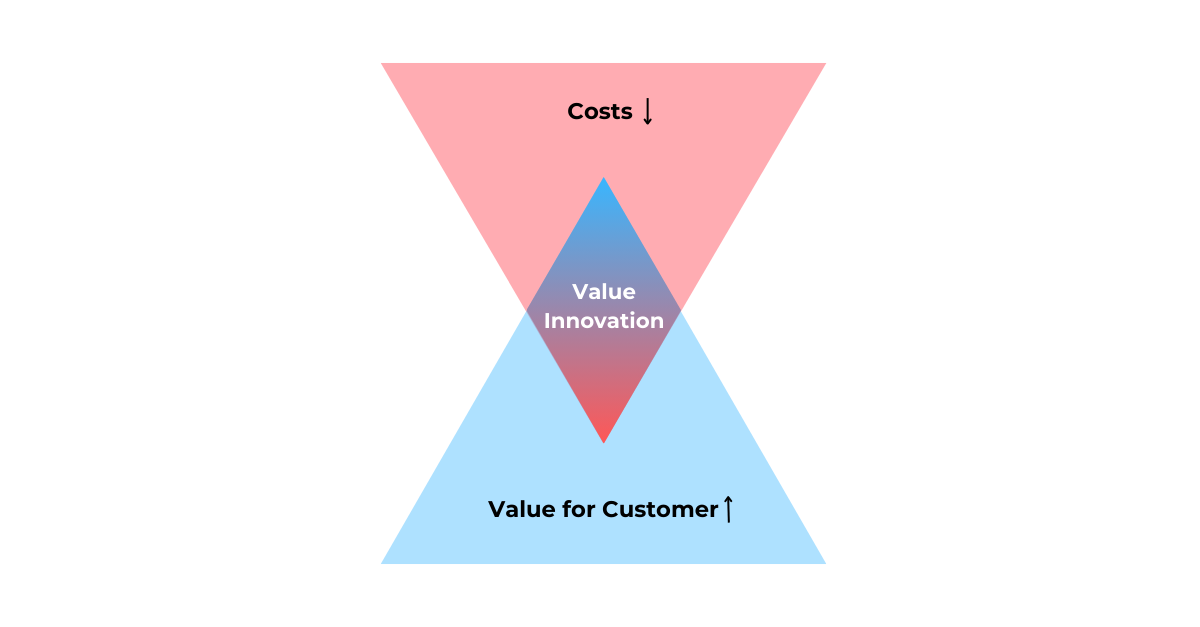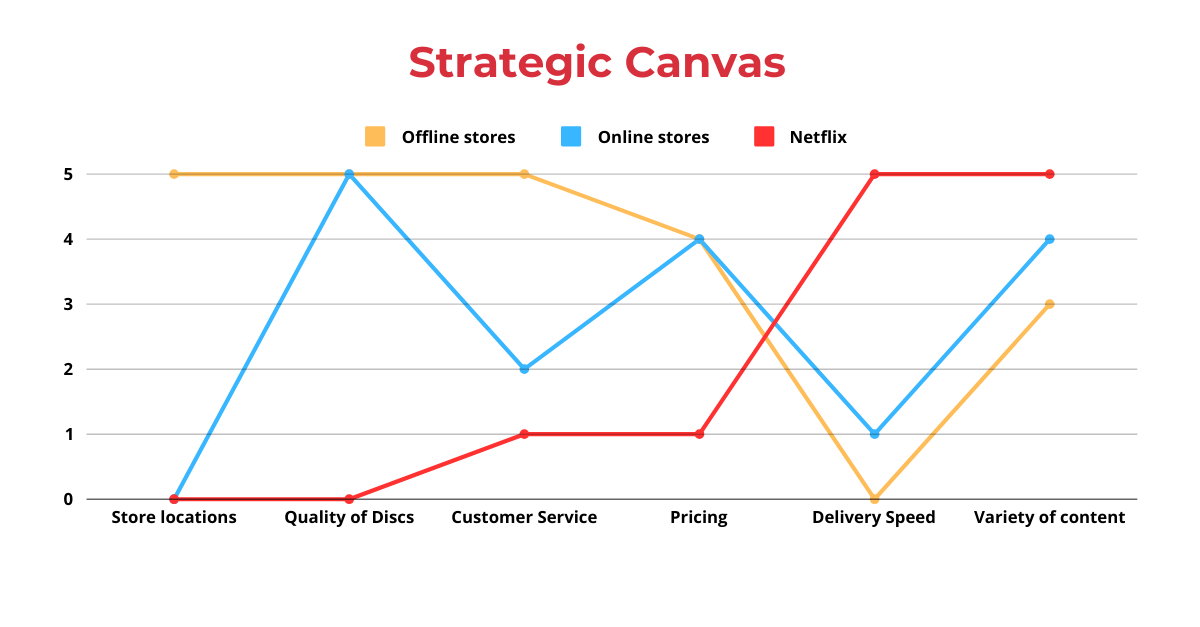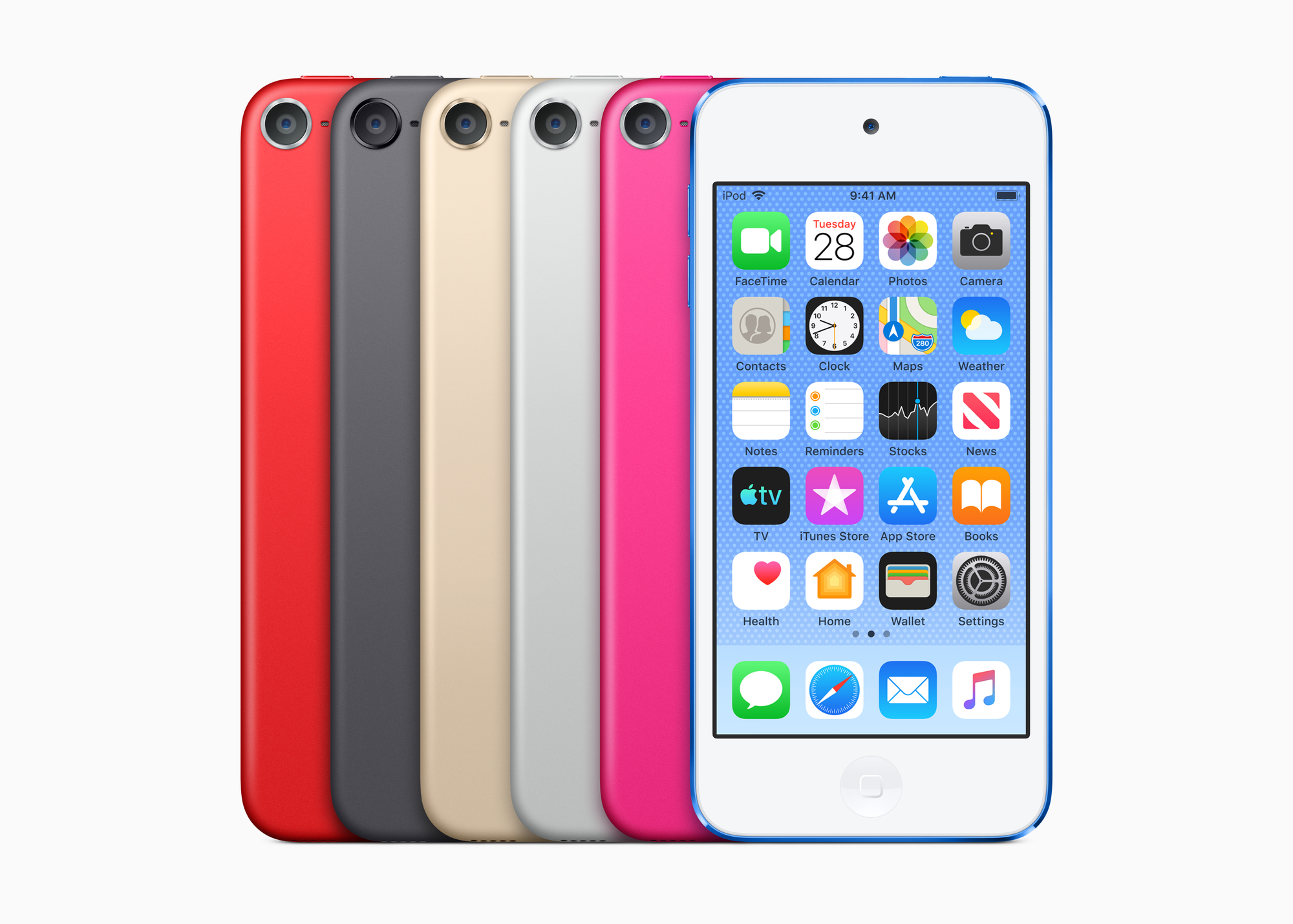Today, one of the biggest challenges is not only launching a new product but also growing an existing company and opening new markets. It’s critical to find that elusive but often unreachable Product-Market Fit (PMF). Many companies make the same common mistake—they enter into a battle with other businesses to win over customers. By pouring huge amounts of money into trying to outdo established features, they miss the opportunity to find their own competitive advantage. But instead of diving into the bloodbath of the “Red Ocean,” why not create your own “Blue Ocean,” where competition no longer exists?
Red Ocean vs. Blue Ocean
So, what is a Red Ocean? It’s a market flooded with companies so similar to each other that customers don’t see any difference between them and choose the one offering the cheapest product. And why is it called red? Because in such an ocean, competitors tear each other apart, metaphorically bleeding and filling the ocean with their blood. A Blue Ocean, on the other hand, represents a new market, a space free of competition. In such spaces, a company doesn’t have to compromise between offering low prices or high-value products. They can do both because they are offering something unique—something competitors haven’t even thought of.
Value Innovation: The Key to Creating Blue Ocean

So how do you create a Blue Ocean? The answer lies in "Value Innovation."
Value innovation involves reducing costs on the factors where there is active competition and creating and developing elements that the industry has never offered before—those elements that create value for the customer.
To find value innovation, the “Strategic Canvas” model is used. This tool helps to understand where competitors are investing their money and which product characteristics they are focusing on the most. It helps you identify areas where you can stand out.
Netflix: A Case Study in Blue Ocean Strategy
Let’s look at this model using Netflix as an example. At the time of its creation, the video rental market was a Red Ocean, crowded with competitors. It was represented by both offline and online stores. These businesses focused on selling physical media—first VHS tapes, then DVDs, and eventually Blu-Ray discs. Companies competed on the quality of video, the variety of titles, and the speed of delivery. Offline stores opened as many locations as possible to cover more regions, while online stores increased the speed of their deliveries.
At that time, breaking into this overcrowded market was incredibly difficult. So, what did the founders of Netflix do? They decided to cut out costs related to opening offline stores, producing, and delivering discs. Instead, they invested heavily into creating a powerful online platform where hundreds of thousands, even millions, of viewers could watch movies simultaneously.

How did Netflix invent such value innovation? They paid attention to the weak points in the industry that no one had worked on before—the convenience and speed of delivering the product to the end customer. Previously, to watch a favorite movie, you had to spend money on buying a DVD player, go to a store to get a disc every time you wanted to watch a new movie, or, in the case of rentals, make repeat trips to the store. With delivery, discs had to be waited on for 2 to 5 days. Often, packages arrived late or not at all, or they arrived damaged, which caused significant frustration among consumers. With Netflix, you didn’t need to leave your house or wait for delivery. Your favorite show was just a few clicks away.
When Netflix became well-known in the U.S. market, all the major disc-selling stores closed down and became irrelevant. Netflix didn’t compete; they created their own market space where they had no competitors.
Other Examples: Apple, OpenAI, and ChatGPT
Apple is another classic example. The company didn’t just improve on existing MP3 players with the iPod; they created an entirely new ecosystem with iTunes, making it easy to purchase, store, and play music. This value innovation allowed them to dominate the market and set the stage for future innovations like the iPhone.

OpenAI’s ChatGPT is a more recent example. While AI-powered chatbots already existed, ChatGPT made a breakthrough by focusing on conversations that felt human-like and accessible to a broader audience. The goal wasn’t just to make a better chatbot, but to create a revolution in how people interact with machines, opening new possibilities for AI applications.
My Take as a Product Analyst: The Challenges of Blue Ocean Strategy
From my perspective, Blue Ocean Strategy is a powerful framework, but I’ve seen firsthand that it’s far from easy to implement, especially when you’re working on a small or medium-sized product. For larger, well-funded companies like Netflix or Apple, they have the resources to fully explore new markets and redefine industries. But for smaller teams or products, it might be more challenging.
One of the key problems is that, in a smaller environment, it’s hard to quantify whether you’ve actually "beaten" your competitors. You don’t always have access to the same “big data” that larger companies can use to see market trends, so you often have to make assumptions or take risks based on less concrete evidence. As a Product Analyst, I’ve worked on calculating these competitive shifts, but it’s often more about identifying qualitative signals—like user behavior patterns or small changes in engagement metrics—rather than having solid numbers to validate your blue ocean efforts.
Another challenge is maintaining alignment with stakeholders. While Blue Ocean Strategy pushes for disruptive innovation, it’s easy to get pushback from executives who are more focused on incremental improvements within the existing market. That’s why, in my role, I’ve found it crucial to constantly prove the value of long-term strategy over short-term wins, showing how breaking into uncontested market spaces can bring far greater results.
Conclusion: The Power and Complexity of Blue Ocean Strategy
By embracing Blue Ocean Strategy, companies can completely change the game, create new demand, and leave competitors bleeding in the Red Ocean. But the journey doesn’t end there. Once a company successfully establishes itself in this uncontested market space, competitors will eventually enter, turning the Blue Ocean red. Therefore, the key to long-term success is continuous innovation. Just as Netflix expanded internationally and diversified its content offerings, companies must always be on the lookout for new markets to explore and new value propositions to offer.
In my experience, while this strategy can be a game-changer, it requires a lot of patience, adaptability, and willingness to take risks—especially in smaller organizations. Keep pushing boundaries, and you’ll not only find Product-Market Fit—you’ll redefine it.
What do you think about this strategy? Do you use it in your company? Feel free to share your thoughts on our LinkedIn !









